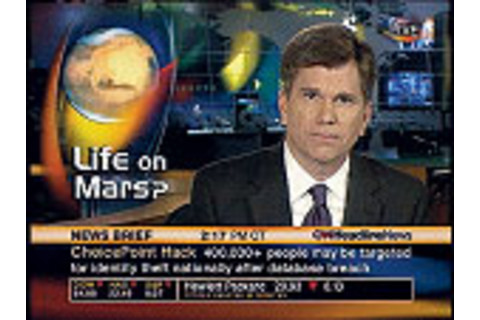
Courtesy of ESA/DLR/FU Berlin (G. Neukum).
An image of Mars’s equatorial region suggests that water may once have flowed there but offers no clues of life.
Despite all the rovers, satellites, and telescopes scrutinizing Mars, scientists have uncovered scant evidence of life there. Even the discovery of abundant frozen water shows only that conditions there might have once been suitable for biology—maybe. But in late March, researchers analyzing data from the European Mars Express satellite reported the planet’s atmosphere contains traces of methane, a by-product of bacteria here on Earth. Could this be the long-awaited sign of Martian life?
Past claims give cause for skepticism. In 1976 the Viking orbiters imaged a formation resembling a human visage; many people believed the Mars “face” was created by intelligent beings even after newer pictures exposed the hill as an eroded pile of rocks. Space visionary Sir Arthur C. Clarke has maintained that several NASA photos contain evidence of forests on Mars. Most recently, Richard Hoagland, a former NASA consultant, argued that the Mars Exploration rovers visited and photographed animal fossils.
The methane discovery carries a lot more credibility. Methane molecules last about 300 years on Mars, so the gas can be present only if it is constantly replenished. Some scientists argue that it could be emitted by volcanoes, but Mars is thought to have ceased geologic activity millions of years ago. A few scientists seem cautiously optimistic that the gas might have come from a more lively source. Vladimir Krasnopolsky, a physicist at the Catholic University of America in Washington, D.C., believes that although they may be difficult to find, “microbes are a plausible explanation for the observed methane.”
Without human reconnaissance, or at least sophisticated robots, it will be tough for scientists to nail down the true source of the methane. Until then, anxious Mars researchers keep mulling the late Carl Sagan’s constant admonition: Extraordinary claims require extraordinary proof.














